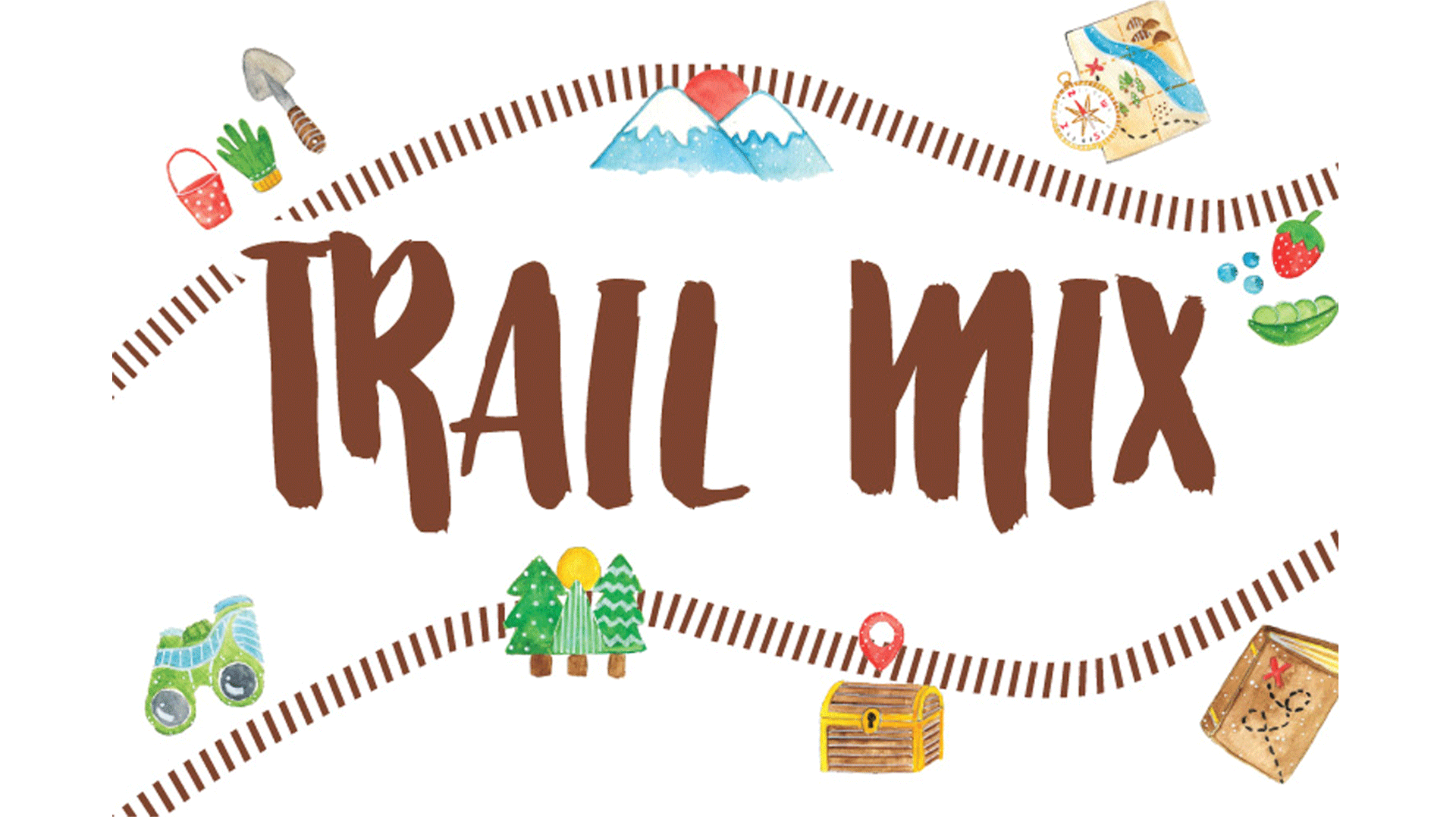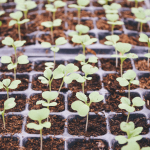
06 Feb Trail Mix
11 ideas and resources to get our kids’ excited about exploring nature again.
‘Nature deficit disorder’ is not strictly a medical diagnosis yet, but it probably should be, says Richard Louv, author of Vitamin N: The Essential Guide to a Nature-Rich Life (Allen & Unwin, $29.99).
So many studies point to Nature’s role in buffering us against disease and dysfunction and boosting our health – helping with obesity, our immune system, psychological disorders, visual and scanning skills, balance, ADHD, social bonding, myopia, spatial awareness, anxiety, proprioception, creativity, learning, even raising standardized test scores – that doctors should prescribe it, he says. He knows a doctor who now writes ‘park prescriptions’.
We don’t need to wait for doctor’s orders, though.
Families can carve out their own nature trail with these ideas:

You’re Soaking in it
Go out into the bush, stand there and breathe. The Japanese have a word for it: shinrin-yoku, or ‘forest bathing’. Japanese scientists found that when we’re in the forest, we inhale beneficial bacteria, essential oils in the air, and negatively-charged ions which strengthen our immune system.

Go West – or North, South or East
Orienteering can bring a sense of bold purpose to getting out in nature, build confidence and instill a sense of achievement. This activity can be a family thing. According to Orienteering Queensland, it’s best to keep it non-competitive for kids under 7, while kids over 7 can start with easy trails that have fences, roads and other linear structures to follow. For more information Orienteering Australia.

Hunt and gather
Eat insects, weave a bracelet from Lomandra leaves and even sleep in the bush shelter you build on 1-, 2- or 3-day foraging and bush-craft family camps with Wildcraft Australia in Dungog, NSW. They take the kids from 9am to 3pm, and families camp by the river nearby. Families can team together to book a custom weekend. “The kids learn that everything in Nature is useful. It’s like being in a big shop, really,” said Wildcraft’s Jo New.

Cache me if you can
Low-cost and family-friendly, geocaching is an ongoing global treasure hunt that uses map coordinates to discover hidden caches, or ‘treasures’. Find the cache, sign its logbook, record your success via app or online, swap a find if you like, then re-hide it for the next seeker. Caches can be anything from a toy figurine to a DVD to dollar-store beads or a mini-spirit level. There are close to three million caches waiting to be found in more than 180 countries, and many are deliberately sited near kid-friendly places like playgrounds. All you need is a GPS-enabled device.
Grow a pear…
…or some strawberries, tomatoes or mint in an edible garden. “We are all part of nature and dependent on its processes,” says Steve Webb, founder of Edible Kids’ Gardens in Sydney, which runs kids’ workshops and pop-up play spaces and custom-creates kid-friendly gardens. He suggests you get the kids involved in the layout, growing and cooking because a garden’s scents, colour and family rituals will have a lasting impact on your child.

The grass is greener
No room for a garden? Plug into other people’s. Find your nearest community garden at communitygarden.org.au, type ‘garden’ into meet-up.com and see what green-thumbed get-togethers come up in your area, and volunteer in the urban farms movement like Pocket City Farms in inner-city Camperdown in Sydney. 100 Kilos runs harvest swaps around Canberra, and ‘veg walk & talk’ visits to the backyards of experienced veg growers.
Kit Up
Nature’s about less tech, but the right gear can help bring nature to life. A magnifying glass, trowel and bug catcher are all good for the backpack. Even binoculars for kids have evolved from the two toilet rolls taped together. When shopping for them, keep an eye out for a lower magnification (max 8x) for young eyes, and a wider field of view to make fast moving objects easier to see. The compact Bresser Junior 6×21 and Bushnell Powerview 7-15X25 are good for little hands.
To hunt for gold, coins or historical artefacts, kit them out with a Minelab metal detector (this world-leading brand was founded in Adelaide). Its lightweight entry-level Go-Find range suits kids and it does a version with an optional short shaft.
Read up
Instill a sense of outdoor adventure through books. For little ones, The Tiny Seed by Eric Carle, The Curious Garden by Peter Brown and Rino Alaimo’s The Boy Who Loved the Moon are beautifully told and illustrated. For something closer to home, Walkabout by James Vance Marshall is an Indigenous Australian tale about surviving the wilderness. And if you don’t believe eco-fiction is actually a thing, see for yourself at this Young Adult portal for books.
Look up
Is there anything so still, yet so invigorating, as stargazing? Download the free monthly sky guide and chart from Sydney Observatory (it works from anywhere in Australia), and take the kids on a tour of the night sky constellations. They will love using their arms, fists and hand width to ‘climb’ the sky to identify each star group too at MAAS Museum.
Tech help
Admittedly, the idea of abandoning technology, even for a short while, might face some resistance. Don’t despair! There are some great apps (that don’t involve little yellow characters) to get kids engaged with the natural environment. Kids can build wild creatures, then head outdoors to photograph them in their own backyard with Plum’s Creaturizer, while Project Noah allows kids to share their wildlife encounters with a network of citizen scientists anywhere in the world. Even if birds are hidden in the bush, kids can identify their calls armed with The Michael Morcombe and David Stewart eGuide to the Birds of Australia (at iTunes).

Find your place
Renowned nature educator, Jon Young, recommends adults and children find a ‘sit spot’, a safe but special place where you can connect to nature and reflect in solitude. Where’s yours?
Vitamin N: The Essential Guide to a Nature-Rich Life carries 500 ideas for families to build nature into their life, and a big ‘Further Reading’ list. Author Richard Louv is the co-founder of the Children and Nature Network.
Words by Kate Symons / Illustrations by: Jess Chen



